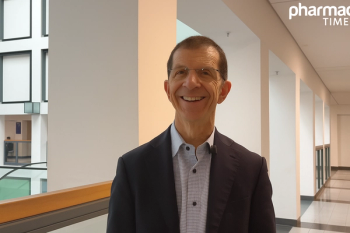
Are PCSK9 Inhibitors Cost-Effective?
PCSK9 inhibitors may increase healthcare costs despite preventing major cardiovascular events.
A recent study found that cholesterol-lowering PCSK9 inhibitors may be not be cost-effective, and can lead to increased healthcare costs.
These drugs can reduce heart attacks, stroke, and cardiovascular deaths, but may not be cost-effective for patients with heterozygous familial hypercholesterolemia (FH) or atherosclerotic cardiovascular disease (ASCVD), according to a study published in JAMA.
However, they would need to reduce annual drug costs by two-thirds to be considered cost-effective. Currently, the average price for the drug in the United States is $14,000 per patient per year, but their impact on prescription drug spending is unclear.
Researchers used the Cardiovascular Disease Policy Model to evaluate the cost-effectiveness of PCSK9 inhibitors, or the cholesterol drug ezetimibe in patients with FH or ASCVD. Researchers discovered that PCSK9 inhibitors added to statins in patients with FH could prevent 316,300 major adverse cardiovascular events (MACE) at a cost of $503,000 per quality-adjusted life-year (QALY) gained, compared with the addition of ezetimibe.
Adding PCSK9 inhibitors to statins in patients with ASCVD would prevent 4.3 million MACE compared with ezetimibe at $414,000 per QALY. Researchers stated that PCKS9 inhibitors would need to reduce drug costs by $4536 per patient to be considered cost effective, at less than $100,000 per QALY.
In 2015, the drugs were estimated to reduce cardiovascular care-related costs by $29 billion over 5 years. However, drug costs increased by $592 billion, and are projected to increase even further.
The researchers believe that the high cost of PCSK9 inhibitors is challenging, since the costs could outweigh the potential savings from ASCVD events. Payers must consider the trade-offs of paying for a new treatment or investing the money in other widely used treatments known to improve access, prescription rates, and adherence, the study concluded.
Newsletter
Stay informed on drug updates, treatment guidelines, and pharmacy practice trends—subscribe to Pharmacy Times for weekly clinical insights.















































































































































































































